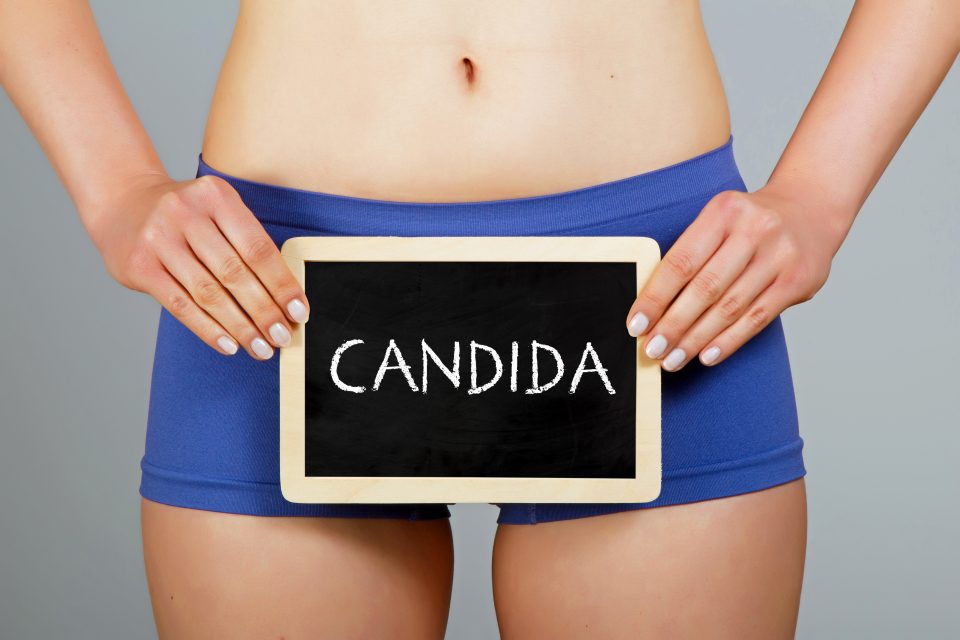
Ladies, just say no to the burn.
During these hot summer months, it is very easy for yeast to grow. We all love to wear those cute outfits that may be a little tighter to show off that hot summer figure. But did you know that yeast (also known as candida) loves a hot, moist and dark environment?
Here’s what you should know to beat the itch and burn and have the best hot girl summer ever.
What is a yeast infection?
Candida is naturally found in our gut and vagina, but once there is an imbalance, yeast will proliferate and take over causing a yeast infection. The most common culprit is Candida Albicans, a microscopic fungus organism.
Symptoms
Burning and itching in the vulva area
Thick, cottage cheese-like discharge
Redness or soreness in the vagina
Pain during urination or intercourse
These symptoms are similar to sexually transmitted infections (STIs). Be sure that you consult with your doctor if you are unsure.
Causes of a yeast infection
Tight clothes: They decrease airflow circulation.
Sweaty gym clothes: It may be easy to run all those errands right after a good gym workout, but change first.
Wet swimwear: After leaving the pool, jacuzzi or beach, it is best to remove wet items.
Semen: Allowing a man to ejaculate inside of you may change the pH in the vagina.
Other causes
Birth control or hormone therapy increases estrogen levels.
Antibiotics: Used for infections but seemingly disrupt the normal flora; designed to rid bacteria but don’t distinguish good versus bad.
Pregnancy: Constant hormone changes.
Uncontrolled diabetes: Increased glucose levels.
Weakened immune system.
Stop the burn: Do’s and Don’ts
Don’t douche. This will only disrupt your normal flora in the vagina that naturally defends from infections.
Do bathe with unscented washes and consider using natural detergent for undergarments.
Don’t take antibiotics unnecessarily for colds since they should only be taken for bacterial infections and not viruses.
Do consider taking probiotics, which will restore natural bacteria in the body and gut, decreasing the risk of yeast infection.
Don’t ingest excessively sugary drinks and foods.
Do eat a balanced diet consisting of proteins, veggies, low carbs, and fermented foods (kefir, tempeh, miso, and kombucha).
Treatment and when to see a doctor
Yeast infections can be an inconvenience, but your health is most important. Don’t ignore the signs and symptoms. Prevention is key to combating yeast infections. Treatments include OTC three- or five-day vaginal creams typically will work. If it causes increased burning or discharge, stop immediately and call your doctor. There are prescription anti-fungal medications available, too. But excessive or chronic use of these medications can affect the liver long term. Any odor or fishy-like smell can be a sign of BV (bacterial vaginosis), which needs to be treated by prescribed medication from your physician. Do note that both a yeast infection and bacterial vaginosis are not sexually transmitted diseases and can be treated.








